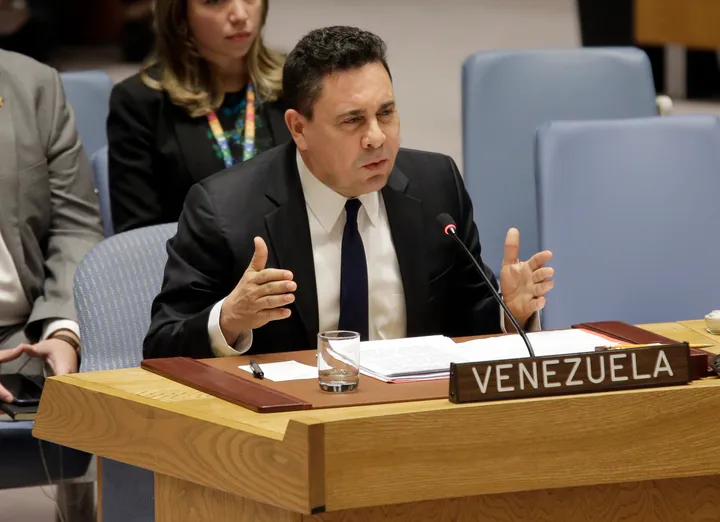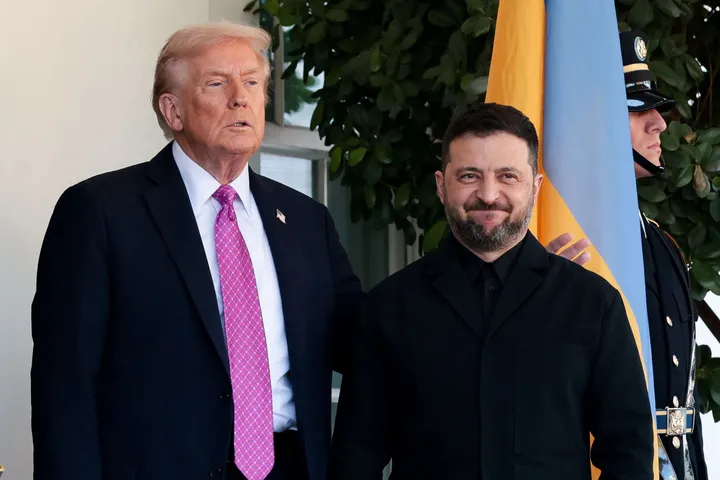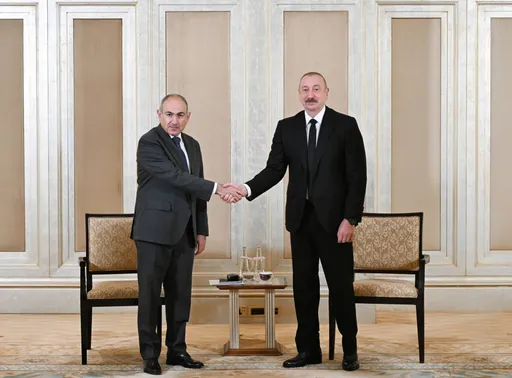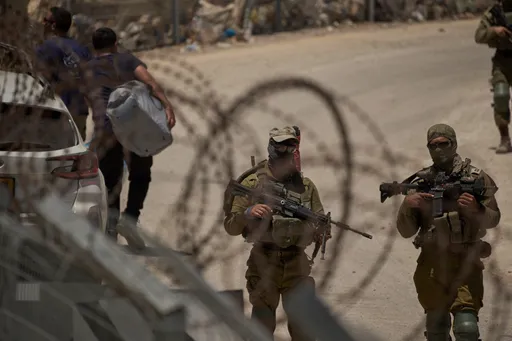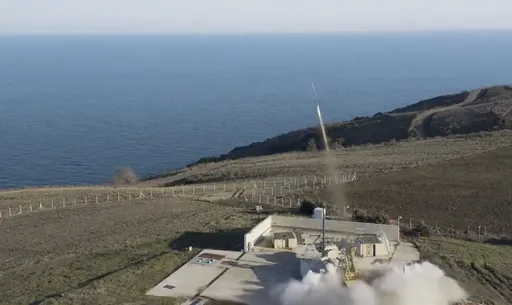An Israeli monitoring group has said that newly built roads in the West Bank by the Jewish authorities entrench the de facto annexation already taking place in the region.
In a recent report titled Highway to Annexation, Breaking the Silence said these new road plans will lead to an illegal settlement sprawl, fragmenting the Palestinian land.
It said that these infrastructure projects are designed to primarily benefit the settler population while segregating the Palestinians and also stifle their urban development.
The West Bank, landlocked area under Israeli occupation since 1967, is now a home to about 2.5 million Arabs, some of whom are living under limited self-rule, while some regions are under a strict Israeli military control.
There live also approximately 630,000 Jews in some 250 settlements, 210,000 in East Jerusalem and 420,000 in other parts of the West Bank.
The region, including East Jerusalem, is regarded as an “occupied territory” under international law, so these Jewish settlements are considered “illegal”. However, Israeli settlers and right-wing politicians claim religious and historical rights to the region as their “ancestral land” and rush to settle there.
The controversial deal between US President Donald Trump and Israeli Prime Minister Benjamin Netanyahu, dubbed the "Deal of the Century", earlier this year, gave Tel Aviv a free pass to annex more lands in the West Bank. Israeli government is reported to approve 12,159 settlement units just so far this year.
The Israeli Transportation Ministry revealed last month a new initiative to expand the “availability of public transportation” in the West Bank. The plan presented an outline for the short term up until 2025, medium term up to 2035, and the long term up to 2045.
In her speech, Minister Miri Regev stated that this is "an exciting day for the settlements" and for the State of Israel, which is building and is being built in all areas of the country.
The report claims that the government’s plan in the long run cause building of more Jewish settlements instead benefiting Palestinian people living in dire conditions. The group also draws attention to no Palestinian involvement in the master plan of these roads.
It details several construction of transportation projects across the West Bank, stressing that the process of suburbanization was particularly effective around Jerusalem. The construction of roads gave easy access to the city from settlements to its north, east, and south and helped turn these areas into massive settlement blocs.
These roads enable settler traffic bypass Palestinian cities and towns, allowing them to commute more quickly and directly to urban centers in Israel proper.
The report records that the case of the Za’atara Bypass Road, or Highway 398, also known as the Lieberman Road that connects the settlements of southeast Gush Etzion to the settlement of Har Homa in East Jerusalem, serves as a unique example.
The road was opened to traffic in 2007 and in the following eight years the number of Jews in settlements that were serviced by the road increased by 90%, it said.
The group notes that infrastructure growth poses a significant barrier to ending the occupation. “All those invested in an equitable and peaceful solution to the Israeli-Palestinian conflict should see these projects as a clear declaration of Israel’s intent to further advance annexation, and the international community must intervene to halt such moves,” the report said.



